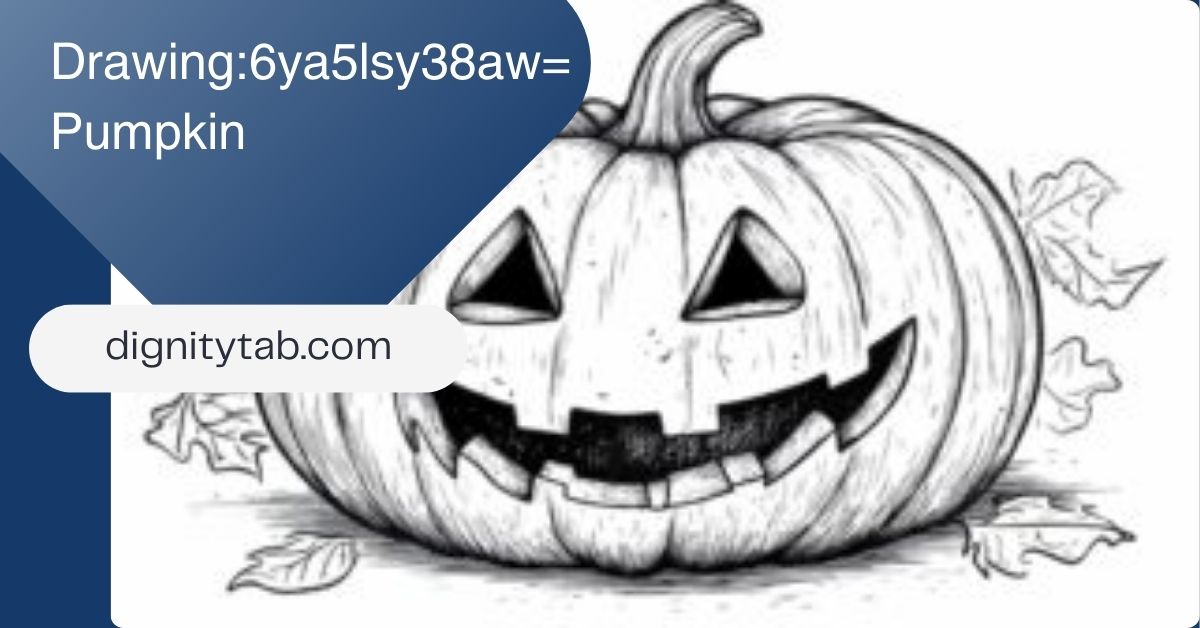Animated GIFs have become one of the most beloved and widely used forms of visual communication across the internet. They are seen everywhere—on social media platforms, in messaging apps, and even embedded on websites. The term Animated:-4ut0we91aq= gif might sound like a complex or coded phrase, but it’s actually referring to a specific type of animated GIF, a visual format that allows a series of images to loop in rapid succession, creating the illusion of movement.
This article is dedicated to demystifying animated GIFs, specifically focusing on animated:-4ut0we91aq= gif, and exploring how you can create, optimize, and use these unique image files in various ways. We’ll dive deep into their history, how they work, the tools you can use to create them, their benefits, and how they’re used across different industries. We’ll also answer some of the most frequently asked questions and explore some advanced techniques for GIF creation.
What Is an Animated GIF?
The animated:-4ut0we91aq= gif is simply a type of animated GIF. To understand what it is, let’s first define what a GIF is.
What is a GIF?
GIF stands for Graphics Interchange Format. It was introduced in 1987 by Steve Wilhite, a computer scientist working at CompuServe, a popular online service at the time. The primary purpose of the GIF format was to support images on early websites while keeping file sizes small and compatible with dial-up internet speeds.
A GIF is a lossless compression format, meaning that images are stored without losing quality. While initially used for static images, the GIF format later evolved to support animation by storing multiple frames in a single file. This ability to create simple animations quickly became one of the key reasons for its popularity.
How Does an Animated GIF Work?
An animated:-4ut0we91aq= gif is made up of a series of still images (frames), which are displayed in a sequence at a set speed. Each image in the sequence plays for a fraction of a second before the next frame appears, resulting in an animation. The frames loop continuously, making the animation appear seamless.
Typically, GIFs are created with a speed of 10-30 frames per second, which is enough to create a smooth, natural-looking animation. However, since GIFs don’t support sound, they are often used for short visual sequences, such as reaction images, memes, or illustrations.
Animated:-4ut0we91aq= gif: A Specialized Format
While the phrase animated:-4ut0we91aq= gif may seem technical, it refers to a particular variation or identifier of an animated GIF. The unique identifier might represent a specific type of animation, a style, or even a compressed version of the GIF, used to make it easier to share or load faster on websites. It’s important to understand that all animated GIFs, including animated:-4ut0we91aq= gif, work the same way technically—they consist of a series of still images displayed in rapid succession. However, animated:-4ut0we91aq= gif could indicate something unique about the content or creation process.
The History of GIFs: From Static Images to Animated Loops
To truly appreciate animated:-4ut0we91aq= gif, it’s important to understand how the GIF format itself evolved. While we commonly think of GIFs today as fun and creative ways to communicate online, their origins are much more technical.
The Birth of the GIF
In 1987, CompuServe introduced the GIF format to improve upon earlier image formats like TIFF, which were too large to be easily shared over the internet. GIF quickly became a popular choice because of its small file sizes and ability to maintain image quality. Originally, GIFs were static images that used a color palette of up to 256 colors.
The Advent of Animated GIFs
The animated GIF format emerged in 1989 with the introduction of the GIF89a standard. This allowed multiple images to be combined into one file and displayed sequentially. The ability to create animated images was revolutionary and opened up a new form of communication on the web.
Throughout the 1990s, animated GIFs began to appear more frequently on websites, especially with the rise of early internet culture. The animations were often simple, fun, and sometimes quirky, making them popular with both web designers and users.
How to Create an Animated:-4ut0we91aq= gif
Creating an animated:-4ut0we91aq= gif can be a simple yet creative process. Let’s break down the steps involved in making your own GIF from scratch.
Step 1: Gather Your Images or Video Clips
To create an animated GIF, you need a set of images or a video clip. The more frames you have, the smoother the animation will be. You can either use a series of photos you’ve taken or extract frames from a video.
Step 2: Use a GIF-Making Tool
There are various tools available for creating GIFs, ranging from simple online applications to more advanced software options.
- Online Tools: Websites like Giphy, Tenor, and Imgur offer simple platforms for making GIFs from videos or images. These tools allow you to upload your photos or video, arrange them in the correct order, and adjust settings like the speed of the animation and loop duration.
- Software Options: More advanced users might prefer to use software like Adobe Photoshop or After Effects. These programs allow for greater control over the creation process and provide additional features like adding text, adjusting colors, and creating more complex animations.
Step 3: Adjust Speed and Loop Settings
One of the key characteristics of an animated GIF is its loop. Most GIFs repeat the animation indefinitely. You can adjust how fast or slow the animation plays and how many times it loops.
Step 4: Export and Save the GIF
Once you’ve perfected your animated GIF, it’s time to export it. Save the file as a .gif and upload it to your social media, website, or messaging app. If the GIF is too large, consider compressing it to reduce the file size.
Advanced Techniques for Creating Animated GIFs
For those looking to go beyond basic GIF creation, there are several advanced techniques you can try to enhance your animated:-4ut0we91aq= gif:
- Adding Special Effects: With tools like Photoshop or After Effects, you can apply a range of special effects to your GIF. This includes adding motion blur, shadows, and even lighting effects to make your animation more dynamic and eye-catching.
- Layering: By layering different elements on top of one another, you can create more complex and visually interesting GIFs. For instance, you can add text, graphics, or transitions to give your GIF extra depth.
- Creating Stop Motion GIFs: Stop-motion animation is a technique where each frame is taken separately, usually with small movements between each shot. This results in a quirky and artistic style of GIF. You can create stop-motion GIFs with a camera and the right software to stitch the frames together.
How Animated GIFs Are Used in Different Industries
Animated GIFs are not just for social media or casual conversations. They have found their place in various industries, where they are used for marketing, education, entertainment, and more.
1. Marketing and Advertising
In the world of digital marketing, animated:-4ut0we91aq= gif files are used to grab attention. Brands and businesses use GIFs in email marketing, social media ads, and web banners to create eye-catching visuals that engage viewers. The looping nature of GIFs can help showcase products in action or highlight important features without taking up too much space or bandwidth.
2. Social Media
GIFs are a staple of social media culture. Platforms like Twitter, Facebook, and Instagram have integrated GIF libraries that allow users to express emotions, reactions, and humor quickly and efficiently. Brands also use GIFs to humanize their content and make their posts more relatable and shareable.
3. Education and Learning
In the educational sector, animated GIFs are used to simplify complex ideas. For example, a science instructor might use an animated GIF to show the process of photosynthesis or the water cycle. They are also used in tutorials and online courses to demonstrate techniques or provide visual explanations.
4. Entertainment
GIFs are also a huge part of internet culture, particularly in fandoms, memes, and TV show discussions. Animated GIFs capture memorable moments from TV shows, movies, or sports events, allowing fans to share and relive these moments. Shows like The Office and Friends have become iconic in GIF form.
Challenges and Limitations of Animated GIFs
While GIFs are fun and easy to use, they do have some limitations:
- File Size: GIFs can become quite large, especially if they have many frames. Large file sizes can cause slower loading times, which can be frustrating for users and lead to poor performance on websites.
- Limited Color Palette: GIFs are limited to a palette of 256 colors, which means they can’t achieve the same rich, vibrant colors as other image formats like PNG or JPEG. This can make them appear less detailed.
- No Sound: Although this is a feature for some, GIFs do not support audio, which means they can’t convey sound or voice, limiting their use in some contexts.
The Future of Animated GIFs
As the digital landscape continues to evolve, so will GIFs. We can expect to see new formats and technologies that enhance the traditional GIF. For example:
- GIF Alternatives: Formats like WebP and APNG (Animated PNG) may replace GIFs for certain uses because they offer better quality and smaller file sizes.
- Integration with Augmented Reality (AR): With the rise of AR and virtual reality (VR), GIFs may become more immersive, allowing users to interact with animations in three-dimensional space.
FAQs About Animated:-4ut0we91aq= gif
What is the difference between a GIF and an animated GIF?
A standard GIF is a still image, while an animated GIF is a series of images played in sequence to create the illusion of movement.
How can I create my own GIF?
You can create GIFs using online tools like Giphy or by using software like Photoshop. Simply upload your images or videos, arrange them in sequence, and adjust the speed before exporting them as a .gif file.
Can I use GIFs in professional emails?
Yes, GIFs can be used in marketing and business communications to grab attention and make content more engaging. However, be mindful of file size and relevance to the message.
What are some challenges with using GIFs?
The main challenges include large file sizes, limited color depth, and the lack of sound. Additionally, not all platforms support GIFs in the same way.
Conclusion
Animated:-4ut0we91aq= gif is more than just a fun internet trend—it’s a versatile and powerful tool for communication in the digital world. Whether for personal use, marketing, or education, these animations add life to online interactions and have become a staple of internet culture. Understanding how to create, optimize, and use GIFs can open up a wide array of creative possibilities.
By mastering GIF creation and utilizing them in your digital communications, you can keep up with evolving internet culture and enhance your online presence. The future of GIFs looks bright, and as technology advances, there will surely be even more exciting ways to use them.



